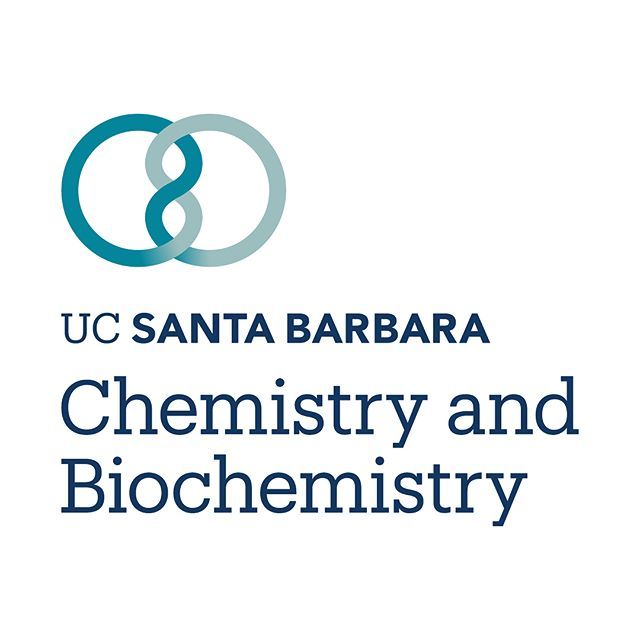Carboranes are molecules made up of boron, carbon and hydrogen atoms in complex three-dimensional shapes. Fifty years ago, researchers decided that carboranes could be the next rocket fuel because they could release huge amounts of energy when they were burned. At the time, these carboranes were thought to have the capability to surpass the performance of conventional hydrocarbon rocket fuel. This research was heavily funded during the 1950s and 1960s.
Gabriel Menard is an assistant professor in University of California Santa Barbara’s Department of Chemistry and Biochemistry. He says that, “It turns out that when you burn these things you actually form a lot of sediment. So they made these huge stockpiles of these compounds, but they actually never used them.” There were multiple problems with the use of carboranes for rocket fuel including the fact that the residue from the combustion of this new fuel clogged up rocket engines. Research into carboranes for rocket fuel was halted.
Carboranes turned out to be useful for many other applications from medicine to nanoscale engineering. Menard, UCSB chemistry professor Trevor Hayton, and Tel Aviv University chemistry professor Roman Dobrovetsky believe that they could also be used for efficient uranium ion extraction. That could lead to applications such as better nuclear waste processing and the recovery of metals including uranium from seawater. This new research is the first example of electrochemical carborane processes to the extraction of uranium. They recently published a paper about their work in the journal Nature.
Conventional extraction processes require solvents, extractants and extensive processing. It is complex, expensive, and messy. The researchers say that such methods are “less established and can be difficult, expensive and or destructive to the initial material.”
The key to their new technology is the versatility of the cluster molecule. These structures can resemble closed cages or more open nests. Their exact configuration depends on controlling their ability to give or receive electrons. This, in turn, allows the controlled capture and release of metal ions. Their initial research has focused on uranium atoms. Hayton says, “The big advancement here is this 'catch and release' strategy where you can switch between two states, where one state binds the metal and another state releases the metal.”
Menard says, “We can do this electrochemically—we can capture and release the uranium with the flip of a switch. What actually happens is that the cage opens up." Ortho-carborane is the closed form. It can be readily switched to the open nido-carborane which can capture a positively charged uranium ion. Switched back to the closed form, it can be moved and then the uranium atom can be released with a switch back to the open form. This is accomplished using electricity through an electrode dipped in the organic portion of a biphasic system. The carboranes receive and donate the electrons necessary to open and close and capture and release uranium, respectively. Menard says, “Basically you can open it up, capture uranium, close it back up and then release uranium.”
This new technology could be useful in applications that require the extraction of uranium and other metal ions. One of these applications is nuclear reprocessing in which uranium and other radioactive elements beyond uranium in the periodic table are extracted from spent nuclear fuel for storage and reuse in new fuel assemblies. (The current process used for this application is called the PUREX process.) Menard says, “The problem is that these trans-uranium elements are very radioactive and we need to be able to store these for a very long time because they're basically very dangerous.”
The new technology could replace the PUREX process for separation of uranium from plutonium, one of the transuranics. The extracted uranium could be used to make new fuels and other high-level waste can be transmuted to reduce their radioactivity.
The electrochemical process could also be used to extract uranium from seawater. This would reduce the need for mining uranium which is toxic to the environment. Menard says, “There's about a thousand times more dissolved uranium in the oceans than there are in all the land mines.”
Lithium is another valuable metal that exists in large quantities in seawater. Lithium could be extracted with the new process and the researchers plan to explore this extraction next. Hayton says, “This gives us another tool in the toolbox for manipulating metal ions and processing nuclear waste or doing metal capture out of oceans. It's a new strategy and new method to achieve these types of transformations.”
